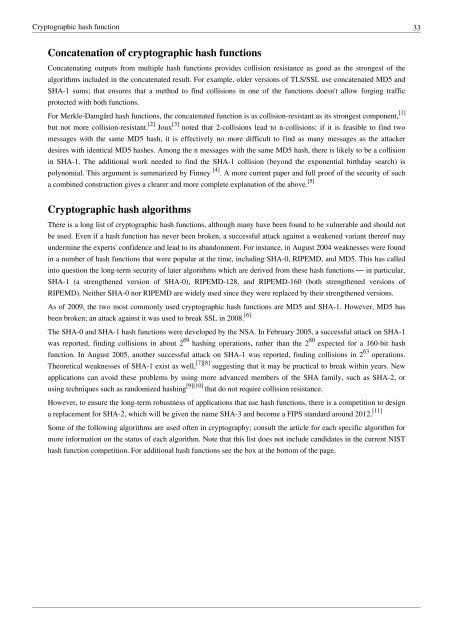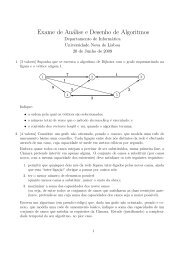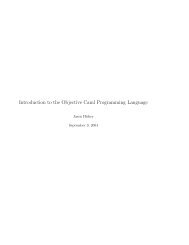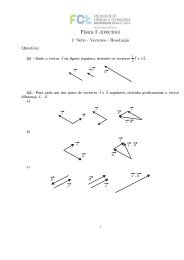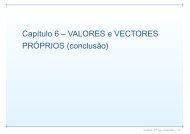Security Articles from Wikipedia
Security Articles from Wikipedia
Security Articles from Wikipedia
Create successful ePaper yourself
Turn your PDF publications into a flip-book with our unique Google optimized e-Paper software.
Cryptographic hash function 33<br />
Concatenation of cryptographic hash functions<br />
Concatenating outputs <strong>from</strong> multiple hash functions provides collision resistance as good as the strongest of the<br />
algorithms included in the concatenated result. For example, older versions of TLS/SSL use concatenated MD5 and<br />
SHA-1 sums; that ensures that a method to find collisions in one of the functions doesn't allow forging traffic<br />
protected with both functions.<br />
For Merkle-Damgård hash functions, the concatenated function is as collision-resistant as its strongest component, [1]<br />
but not more collision-resistant. [2] Joux [3] noted that 2-collisions lead to n-collisions: if it is feasible to find two<br />
messages with the same MD5 hash, it is effectively no more difficult to find as many messages as the attacker<br />
desires with identical MD5 hashes. Among the n messages with the same MD5 hash, there is likely to be a collision<br />
in SHA-1. The additional work needed to find the SHA-1 collision (beyond the exponential birthday search) is<br />
polynomial. This argument is summarized by Finney [4] . A more current paper and full proof of the security of such<br />
a combined construction gives a clearer and more complete explanation of the above. [5]<br />
Cryptographic hash algorithms<br />
There is a long list of cryptographic hash functions, although many have been found to be vulnerable and should not<br />
be used. Even if a hash function has never been broken, a successful attack against a weakened variant thereof may<br />
undermine the experts' confidence and lead to its abandonment. For instance, in August 2004 weaknesses were found<br />
in a number of hash functions that were popular at the time, including SHA-0, RIPEMD, and MD5. This has called<br />
into question the long-term security of later algorithms which are derived <strong>from</strong> these hash functions — in particular,<br />
SHA-1 (a strengthened version of SHA-0), RIPEMD-128, and RIPEMD-160 (both strengthened versions of<br />
RIPEMD). Neither SHA-0 nor RIPEMD are widely used since they were replaced by their strengthened versions.<br />
As of 2009, the two most commonly used cryptographic hash functions are MD5 and SHA-1. However, MD5 has<br />
been broken; an attack against it was used to break SSL in 2008. [6]<br />
The SHA-0 and SHA-1 hash functions were developed by the NSA. In February 2005, a successful attack on SHA-1<br />
was reported, finding collisions in about 2 69 hashing operations, rather than the 2 80 expected for a 160-bit hash<br />
function. In August 2005, another successful attack on SHA-1 was reported, finding collisions in 2 63 operations.<br />
Theoretical weaknesses of SHA-1 exist as well, [7][8] suggesting that it may be practical to break within years. New<br />
applications can avoid these problems by using more advanced members of the SHA family, such as SHA-2, or<br />
using techniques such as randomized hashing [9][10] that do not require collision resistance.<br />
However, to ensure the long-term robustness of applications that use hash functions, there is a competition to design<br />
a replacement for SHA-2, which will be given the name SHA-3 and become a FIPS standard around 2012. [11]<br />
Some of the following algorithms are used often in cryptography; consult the article for each specific algorithm for<br />
more information on the status of each algorithm. Note that this list does not include candidates in the current NIST<br />
hash function competition. For additional hash functions see the box at the bottom of the page.


